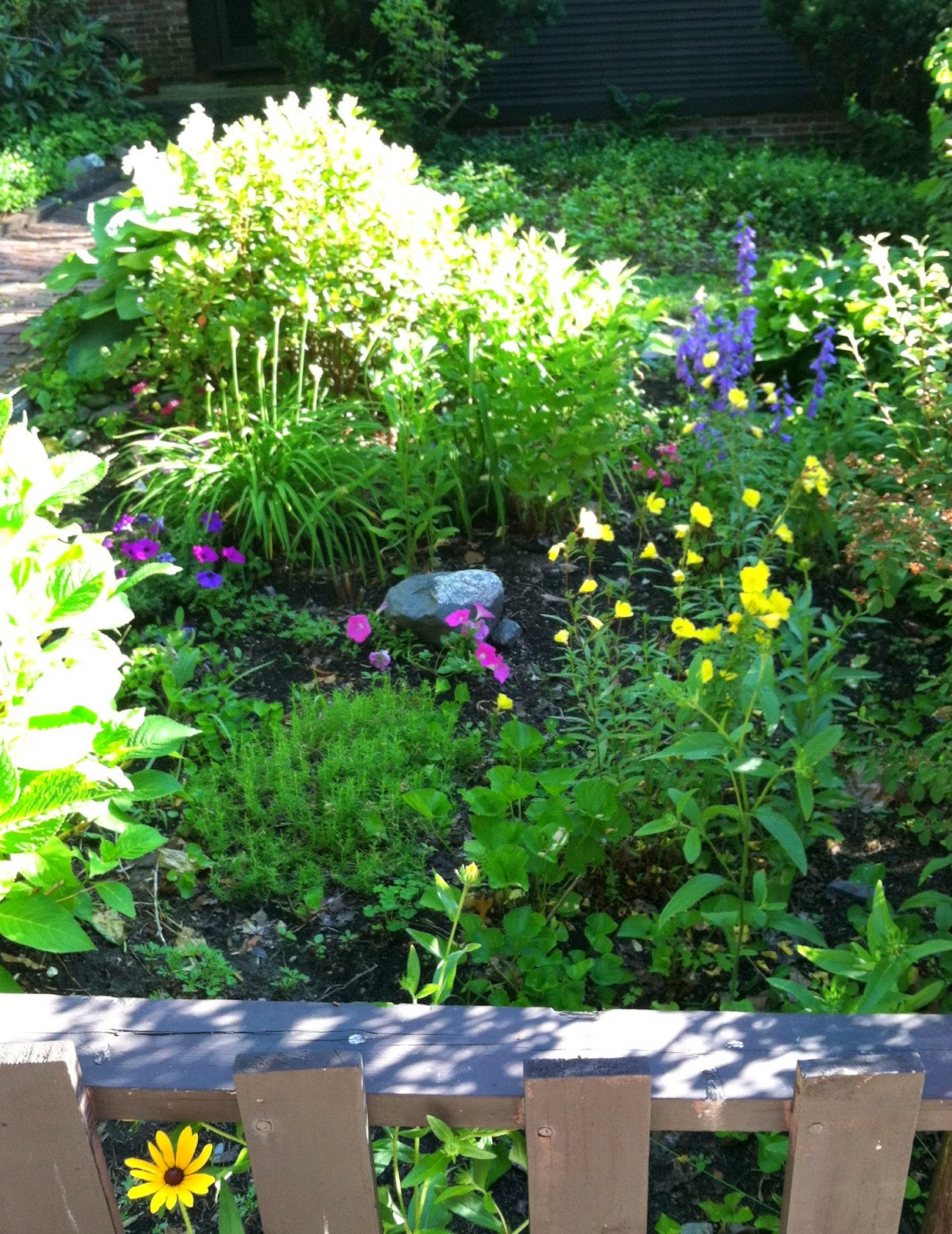
The
dictionary defines a weed as “a valueless plant growing wild, especially one
that grows on cultivated land… any undesirable or troublesome plant…that grows
profusely where it is not wanted.”
What
makes a plant or a thought or a behavior desirable? And what does weeding out
what is troublesome entail?
I
follow the word cultivate — to till, to refine, to promote growth and nurture —
from the root kwel: to revolve, move around, dwell; to the Latin colere, to
cultivate, inhabit, to the Greek and Sanskrit, circle, wheel. Which takes me to
a garden or a life that is worked and cared for. Carl Jung wrote that the
circle and the wheel were symbols for the transcendent Self, what he also
called “the ordering principle.” Which brings us around to a cultivated
consciousness.
Jung
spoke of differentiated feeling, a fine-tuned judgment call that translates
into living one’s values.

When
is a weed a wildflower? Desirable. Or an invasive strangling vine? Unwanted.
How much is in the eyes of the beholder?
How
do we weed out our demons? And we all have them. Things we work on.
It’s
those “weeds” with the roots that go so far down and back, that return year
after year, which insist that we go deeper into our selves into the untilled
ground of our being, that ask more from us and lead us back to our humanity.
However
we make room for and express our uniqueness, however wild or staid, let us
treasure the flowers.












.JPG)

